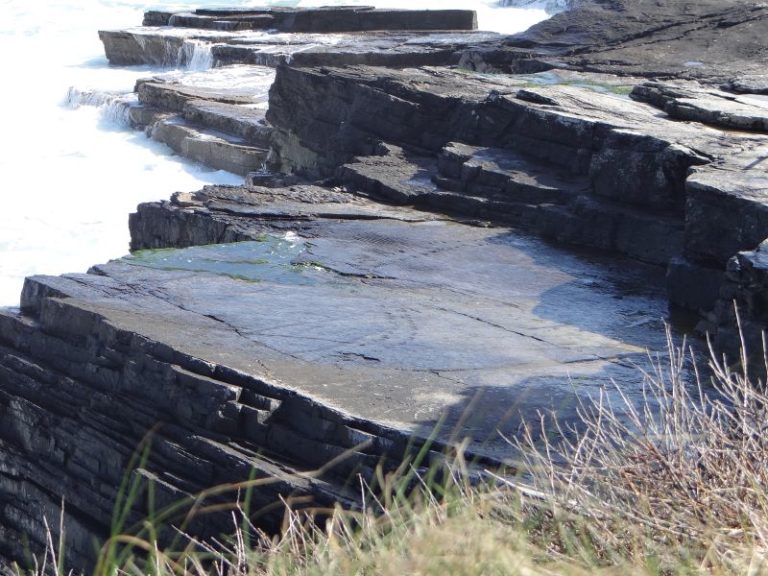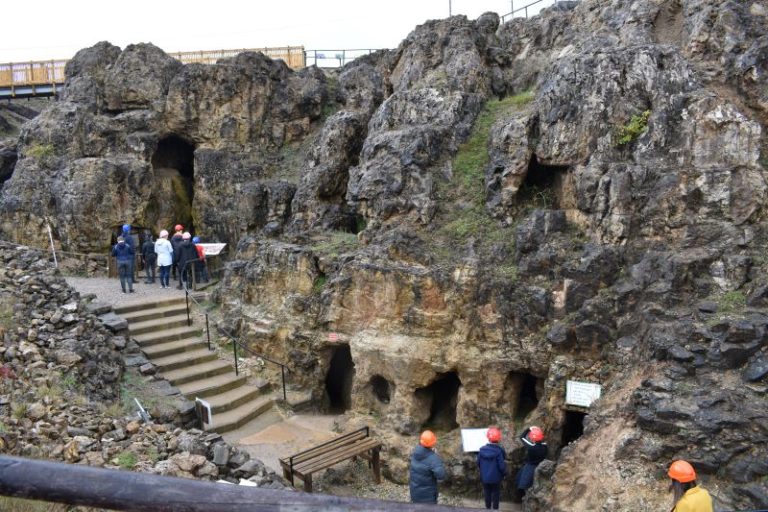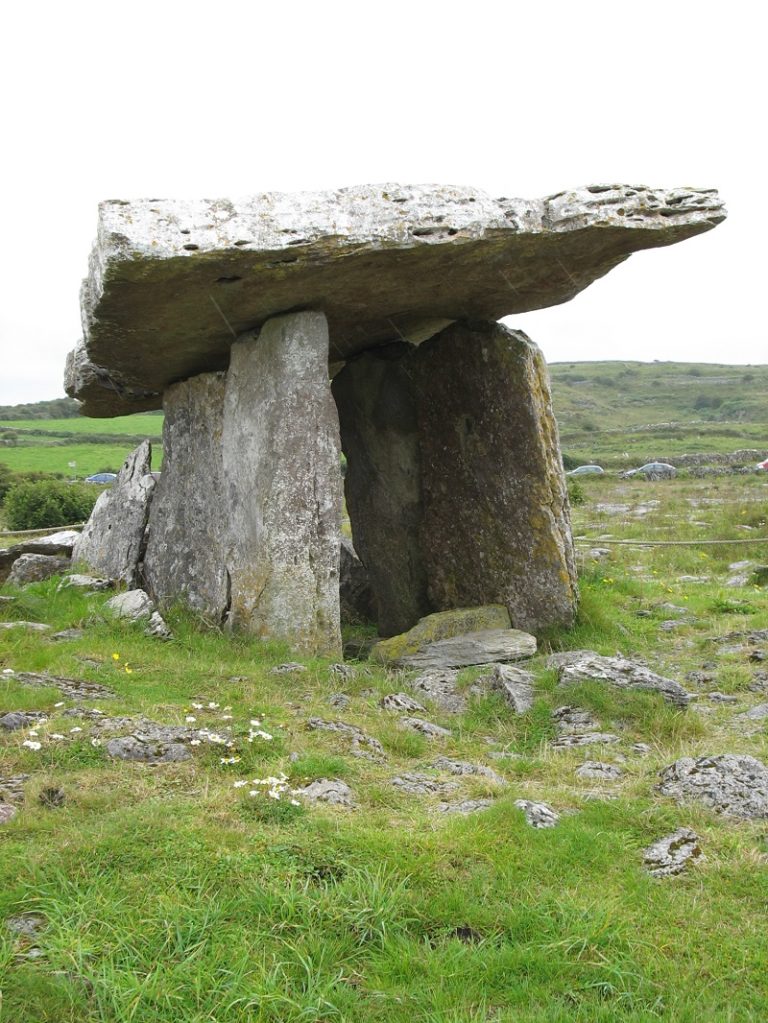I’ll define the time period I refer to for visiting prehistoric sites as everything from when humans first emerged through to about 600 BC when civilizations around the Mediterranean (Greeks, Romans, Persians, Byzantine, etc) were fairly established as major hubs of culture and trade.
I’ll also include what’s typically called the Classical period. An example of this period is where we see Ancient Rome building to their crescendo of the Roman Empire and then declining.
I realize this broad generalization covers thousands of years but at this point I don’t have enough posts to justify splitting them out. Maybe someday!
Want to jump to the posts about how to visit Prehistoric sites and skip the history lesson? Then Skip to the Trip!
Europe
If I can summarize from history.com (accessed 2 May 2021), we’ll start in the Neolithic period (8,000 BC – 3,000 BC) when humans made the shift from hunter/gatherer to more stationary and agrarian. It would make sense that this is when we start to see prehistoric tombs and religious sites begin to show up across Europe, since stationary people will have both the time and inclination to memorialize these events. Newgrange just north of Dublin is a massive burial chamber; older than the pyramids of Eqypt and Stonehenge, and aligned to the winter solstice. Even today, 5000 years later, you can experience the illumination of the passage chamber if you’re lucky enough to score a ticket in the lottery to attend.
The next age is the Bronze Age (about 3000 BC – 1300 BC). Bronze is a hard metal alloy of copper & tin and it replaced stone weapons and tools, further advancing what people could do. By the end of the period, many homes were of a circular style with a thatched or turf roof and a fireplace and you can also see many ring fort examples in Ireland.
The Iron Age (about 1300 BC – 900 BC depending on which part of Europe you’re looking at) further expands the refinement of tools, architecture and documentation. Towards the end of the age, established groups around the Mediterranean (Greeks, Romans, etc) were spreading out and encountered groups often referred to as “Barbarians” consisting of different Celtic groups.
The final piece of this section I will leave for Ancient Rome. The University of Notre Dame has an Open Source course on Ancient Rome, so I’d send you there to help fill in the tremendous gaps I’m leaving. The founding of Rome starts with Romulus in 753 BC and is ruled by Kings until 509 BC when the Republic is formed. This lasts until 27 BC when the Roman Empire emerges and the next 500 years is a flurry of expansion and conquest.
United States
Of course, there was no United States at this time but for consistency sake I’ll use the term to refer to the area of North America that is the present-day US. Historic periods are captured differently in the Americas, and comparable periods would be defined as the Archaic (8000 BC – 1000 BC) and Woodland (1000 BC – 1000 AD) per Wikipedia’s list of archaeological periods.



